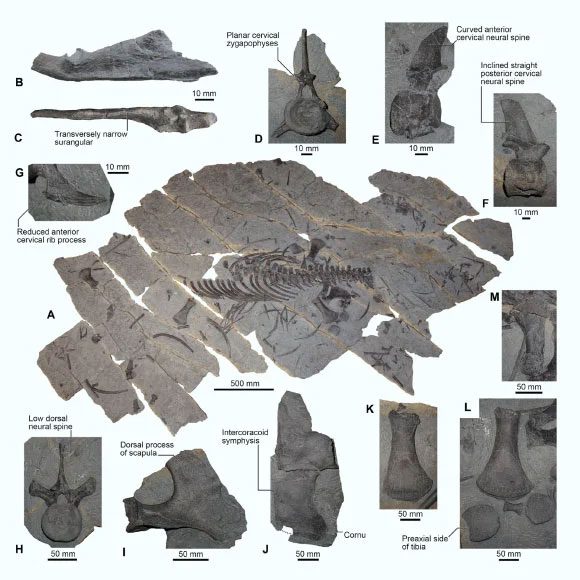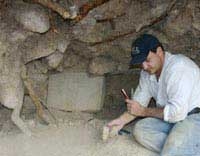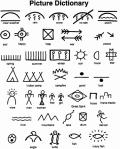Two fossilized monster skeletons discovered in Bavaria, Germany, have added a new species and genus to the “family tree” of plesiosaurs.
The Loch Ness Monster is believed to be related to plesiosaurs, a group of ancient marine reptiles, due to their shared characteristic of an unusually long neck and massive, streamlined bodies. The two creatures recently unearthed in Germany share similar traits.
According to Sci-News, the new species has been named Franconiasaurus brevispinus and belongs to a completely new genus.

“Portrait” of the new monster species – (Photo: Joschua Knüppe).
The age of the two specimens (two exquisitely preserved, three-dimensional skeletons) dates back approximately 175 million years, meaning they lived during the Early Jurassic period.
“Throughout a 140 million-year evolutionary history, plesiosaurs have dispersed globally, achieving significant diversity, occupying many ecological niches, and undergoing several changes in animal life,” said Dr. Sven Sachs from the Bielefeld Natural History Museum, the lead author of the study.

Skeletal remains of the two Jurassic monsters – (Photo: Frontiers in Earth Science).
According to research published in the scientific journal Frontiers in Earth Science, the transition period between the Early and Middle Jurassic (175 to 171 million years ago) had a profound impact on all three main lineages of plesiosaurs.
One of these lineages, Rhomaleosauridae, became extinct around 161.5 million years ago, while the other two lineages thrived more robustly.
Pliosauridae formed a group of massive predators that dominated marine ecosystems from 171 to 90 million years ago.
Meanwhile, the smaller Plesiosauroidea spread from the oceans around modern-day Europe to all over the world until they were outcompeted by rival species at the beginning of the Cretaceous period.
Returning to the two specimens that were found, they represent an excellent species that lived during the early transition between the Early and Middle Jurassic, potentially shedding light on how the three lineages of plesiosaurs subsequently evolved.
This new marine monster exhibits a combination of characteristics from the first plesiosaurs on Earth along with many later species.
The two fossilized skeletons were excavated unexpectedly from an abandoned clay pit in the Jurensismergel formation in the town of Mistelgau, Bavaria.





















































